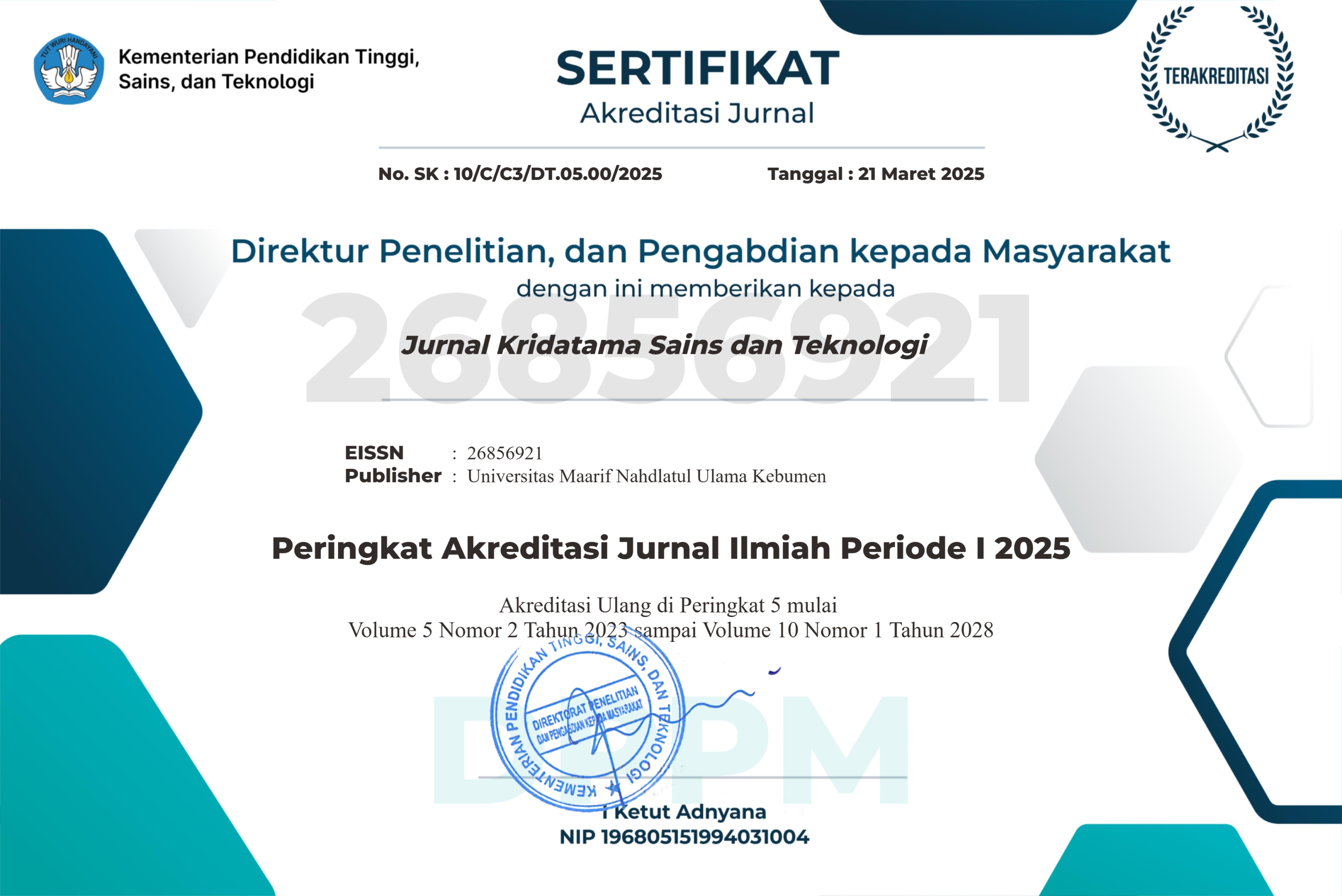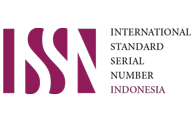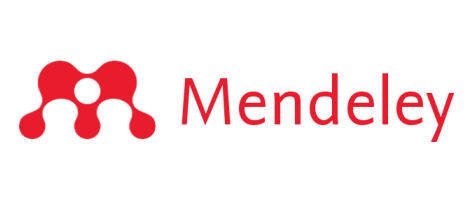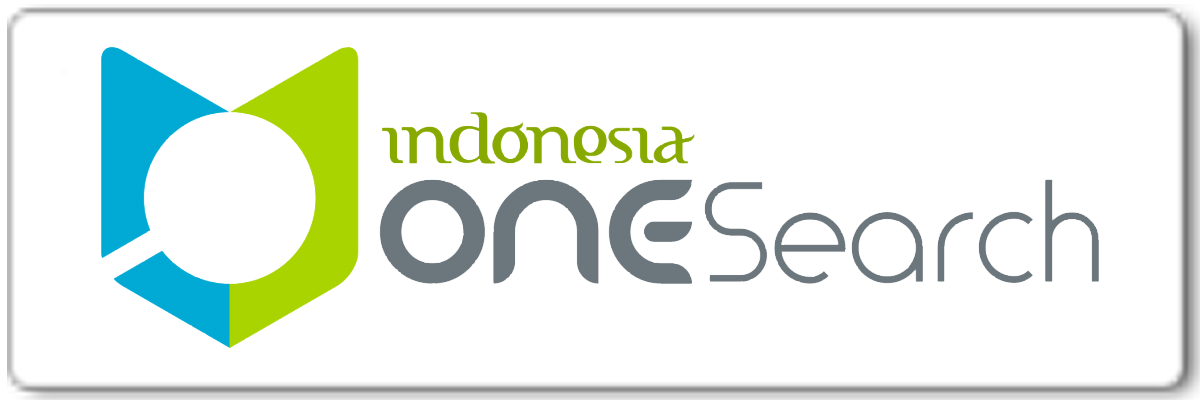Pengembangan Bahan Ajar Menulis Berita Straight News dan Feature dengan Pendekatan Jurnalisme Profetik
DOI:
https://doi.org/10.53863/kst.v7i01.1518Keywords:
teaching materials, news, straight news, feature, prophetic journalismAbstract
This study aims to (1) develop a module for writing straight news and feature articles using a prophetic journalism approach, and (2) assess the feasibility of the module. The research method used is research and development (R&D) with the 4D model (Define, Design, Develop, and Disseminate) by Thiagarajan. The instruments used in this study include validation sheets for experts in content, language, and media. Data were collected through observation, interviews, documentation, and questionnaires. The results of this development research indicate that the developed product meets the validation criteria, with expert validation reaching 87.9%, broken down as follows: content expert 89%, language expert 84.7%, media expert 90.25%, and student response questionnaires reaching 83%. Based on these results, it can be concluded that the developed module for writing straight news and feature articles with a prophetic journalism approach is valid and suitable for use in learning
References
Azwar, Saifuddin. (2011). Metode Penelitian. Yogyakarta:Pustaka Pelajar.
Batoebara, Maria Ulfa Erni Suyani,Cut Alma Nuraflah. (2020). Literasi Media Dalam Menaggulangi Beritahoaks (Studi Pada Siswa SMKN 5 Medan) Jurnal Warta Edisi 63, Volume 14, Nomor 1: 1-208.
Budiana, Agus. Fenomena Pemberitaan Hoax Pada Media Whatsapp Tentang Berita Terlambat Dari Bandung (Pemikiran Hermeneutika Paul Riceour) https://isip.usni.ac.id/jurnal/Agus.pdf
Duku, Sumaina. (2014) Konsep Dasar Jurnalisme Pembangunan Wardah: No. XXVII/ Th. XV/ Juni.
Feri. (2019). Pemikiran Parni Hadi tentang Jurnalisme Communicatus: Jurnal Ilmu Komunikasi Volume 3 Nomor 1
Gumilar, G., Justito A. dan Nunik M. (2017). Literasi Media: Cerdas Menggunakan Media Sosial Dalam Menanggulangi Berita Palsu (Hoax) Oleh Siswa SMA. Jurnal Pengabdian Kepada Masyarakat, 1(1), 35-40. http://jurnal.unpad.ac.id/pkm/article/view/16275
Hadi, Sutrisno. (2004). Metodologi Research. Yogyakarta: Andi.
Hamzah, Radja Erland dan Citra Eka Putri. (2020). Mengenal dan Mengantisipasi Hoax di Media Sosial pada Kalangan Pelajar. Jurnal Abdi Moestopo Vol. 03, No. 01.
Kovach, B., & Rosenstiel, T. (2014). The Elements of Journalism: What Newspeople Should Know and the Public Should Expect. Three Rivers Press
Lesmana, Fanny. (2016). Feature: Tulisan Jurnalistik Yang Kreatif Disertai Kaidah dalam Penulisan Jurnalistik. Penerbit ANDI Yogyakarta
Lestari, Ika. 2013. Pengembangan Bahan Ajar Berbasis Kompetensi. Padang: Akademia Permata
Magdalena, Ina, dkk. (2020). Analisis Pengembangan Bahan Ajar. Jurnal Pendidikan dan Ilmu Sosial.Volume 2, Nomor 2, 170-187.
McQuail, D. (2010). McQuail’s Mass Communication Theory. Sage Publications.
Morissan. (2008). Jurnalistik Televisi Mutakhir. Jakarta: Preanada Group.
Musyaffa. (2020). Berita Hoaks vs Berita Layak: Tipologi Khalayak Media Sosial Perspektif Fikih Jurnalistik Jurnal Ilmiah Syiar Vol. 20, No. 02, Juli - Desember, 128 - 143
Prayogo, Hadi, Deden Makbulloh, Jamal Fakhri, Rubhan Masykur. (2023). Pendidikan Jurnalistik Profetik di Journalist Boarding School Cilegon. Edukasi Islami: Jurnal Pendidikan Islam, VOL: 12/NO: 01 Februari.
Rahmadhany, Anissa, Anggi Aldila Safitri, Irwansyah. (2021). Fenomena Penyebaran Hoax dan Hate Speech pada Media Sosial. Jurnal Teknologi dan Informasi Bisnis Vol. 3 No.1.
Riduwan. (2015). Skala Pengukuran Variabel-Variabel Penelitian. In Skala Pengukuran Variabel-Variabel Penelitian. Alfabeta.
Sugiyono. (2013). Metode Penelitian Pendidikan. Bandung: Alfabeta.
Sulandjari, Rekno. (2009). Jurnalistik Pers Modal Utama Bagi Penulis Pemula Majalah Ilmiah Universitas Pandanaran Vol 7, No 15
Waraulia, Asri Musandi. (2020). Bahan Ajar: Teori dan Prosedur Penyusunan. Madiun. Unipma Press.
Wardle, C., & Derakhshan, H. (2017). Information Disorder: Toward an Interdisciplinary Framework for Research and Policy Making. Council of Europe
Downloads
Published
How to Cite
Issue
Section
License
Copyright (c) 2025 Aan Herdiana, Reza Abineri

This work is licensed under a Creative Commons Attribution-ShareAlike 4.0 International License.
Authors retain copyright and grant the journal right of first publication with the work simultaneously licensed under a Creative Commons Attribution-ShareAlike 4.0 International License that allows others to share the work with an acknowledgment of the work’s authorship and initial publication in this journal

















